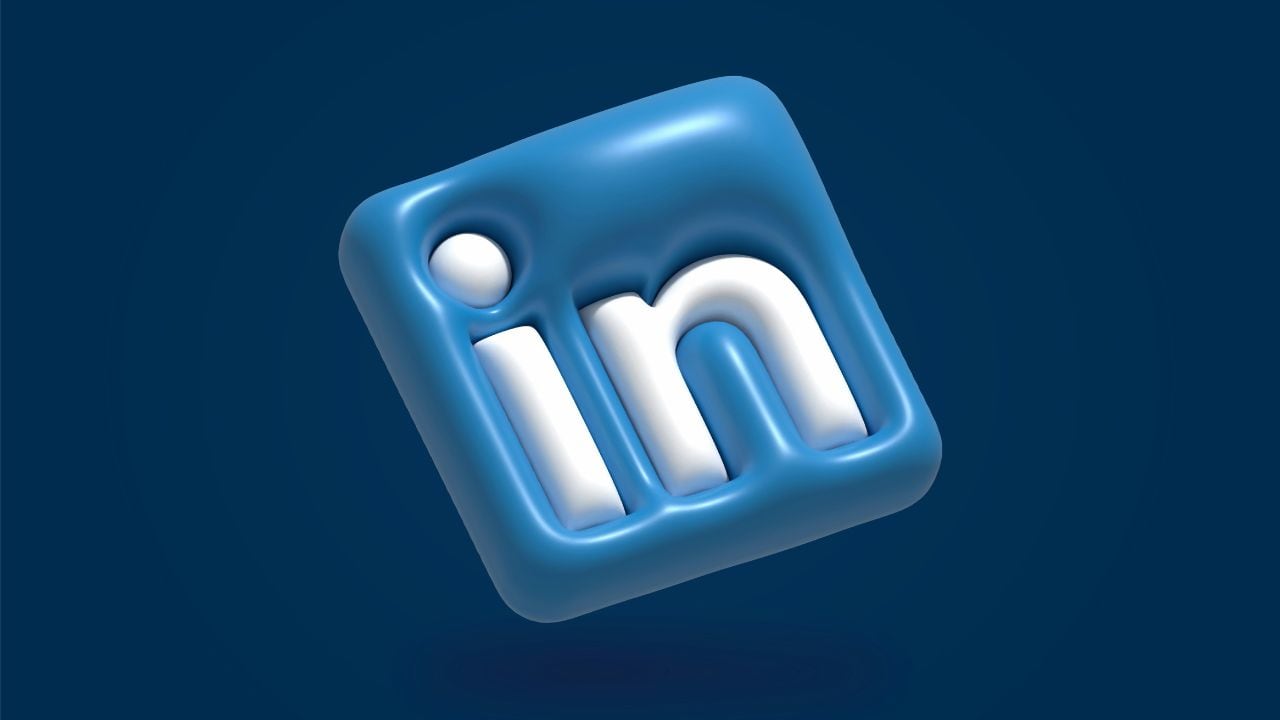“LinkedIn is just way too expensive to be worth it most of the time”
This pretty much sums up the sentiments of most advertisers when it comes to LinkedIn as an advertising platform— especially for the small and medium businesses.
Many of these brands are reducing their ad spend on LinkedIn, mainly due to high costs and competition, Storyboard18 has learnt.
While larger brands with bigger budgets and a need for professional targeting continue to invest, smaller brands are reallocating budgets towards other platforms like Meta, which offers broader reach and lower CPC.
Experts tell Storyboard18 that LinkedIn’s share of total digital ad spend in India remains lower than other major platforms, with mid-sized brands focusing their efforts where they can achieve more cost-effective results.
As a matter of fact, over the past two years, LinkedIn CPMs (Cost Per Mille) and CPCs (Cost Per Click) have increased almost 2 folds, shares Deepak Mann, VP Marketing, 1% Club, the brand looks at LinkedIn as a purely branding exercise.
The costs associated with LinkedIn ads can hurt the pocket 2-3x more than other channels. Furthermore, the audience’s acceptance towards ads is much lower on LinkedIn.
On average, LinkedIn’s CPM rates in India are up to 15-20% higher than other social media platforms, leading brands to view it as less cost-efficient for broad consumer outreach, according to Yasin Hamidani, director, Media Care Brand Solutions.
Read more: LinkedIn violates targeted advertising; fined 310 million euro
This is especially significant in India, where LinkedIn’s higher conversion rates are only advantageous for niche B2B audiences and premium sectors, while other platforms offer greater reach and engagement with lower spend.
If this trend continues, he adds, LinkedIn could see a further 10-15% decrease in ad spend through the next fiscal year as companies diversify their digital advertising strategies across multiple channels.
The LinkedIn spokesperson told Storyboard18 that when customers advertise on the platform, an auction system determines when their ad is served and how much they’ll pay for the ad.
“CPMs are not the best measure of value for B2B, as our customers measure impact of advertising in other ways, like influenced pipeline, qualified leads, or influenced revenue. In the past fiscal year, the ROI that we’re driving for customers has improved by 12% (June 2024),” it was added.
The Missing LINK
Though LinkedIn, Microsoft’s professional networking platform, remains valuable for targeting business professionals and high-value conversions, many companies are shifting a percentage of their ad budgets to platforms like Meta and even newer ones like Snapchat and X (formerly Twitter), which offer broader reach at a lower cost.
Unless a brand is specifically targeting niche B2B audiences, it may struggle to generate a strong ROI on LinkedIn without a huge budget, notes Sahil Chopra Founder and CEO iCubesWire.
LinkedIn’s auction-based model, where demand is high for certain professional segments (like IT or Finance), further drives up ad prices. For many, this high expenditure doesn’t always result in equivalent returns, especially if not paired with very specific targeting.
Compared to the scale and efficiency offered by Google or Meta, LinkedIn can feel restrictive, especially for B2C brands or businesses operating on tight budgets, whereas B2B companies continue to see value in LinkedIn’s professional audience and maintain their ad spends, adds Shailendra Singh Mehta, Head – Paid Media, AdLift, a global digital marketing agency.
It is also to be noted that some brands do report lower ROI from LinkedIn ads, often because the platform has a narrower audience compared to Facebook or Google. Additionally, if a brand’s target audience isn’t highly active on LinkedIn, it results in lower engagement rates, which subsequently affects ROI, Mehta explains.
This issue is more common for B2C clients, as LinkedIn’s audience typically skews towards B2B professionals, limiting the platform’s effectiveness for certain consumer-focused campaigns.
Bridging The Gap
Experts say despite the decline in ad spends, LinkedIn remains ideal for B2B companies or brands targeting decision-makers.
The investment can be justified in sectors like IT, finance, and SaaS, where lifetime customer value is high. The quality of leads on LinkedIn is often higher because the platform is full of professionals actively seeking relevant business content, which can lead to stronger conversions compared to more consumer-focused platforms like Meta, adds Chopra.
Mehta points out that the premium pricing of the platform also reflects the value of reaching high-intent B2B audiences, where fewer but more qualified leads often justify the higher costs.
As a result, the elevated CPMs and CPCs are often offset by the quality and relevance of leads generated through LinkedIn, especially for B2B campaigns focused on conversions and long-term customer relationships.
While the platform is expensive for a certain category of brands, Petal Gangurde, chief of brand & culture at XYXX Apparels, notes that there is also very little information about the LinkedIn ad ecosystem, which can act as a good retention and upsell tool for certain high-ticket items like automobiles or services like BFSI.
“LinkedIn team to educate and aggressively push for more investment in terms marketing dollars by sharing more case studies, building up the channel with brand marketing teams and also creating ad formats and targeting that can be utilised by brands in categories other than finance, automobiles, gadgets and so on,” she says.
Although she agrees that the organic content and creators on LinkedIn to have become so banal and repetitive that the audience has lost interest in engaging with the platform.
